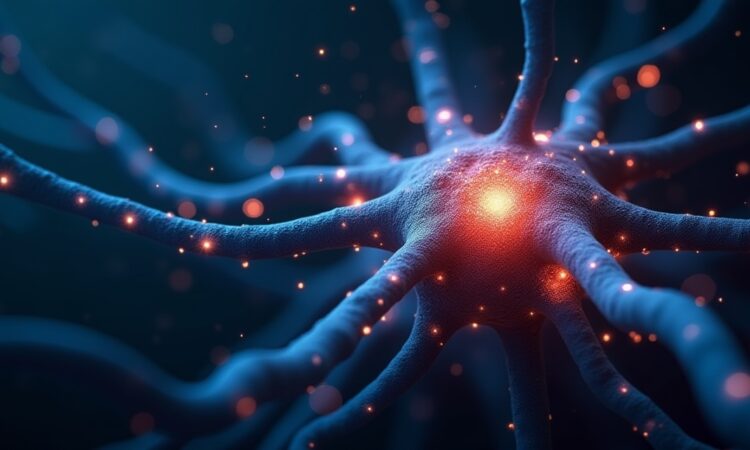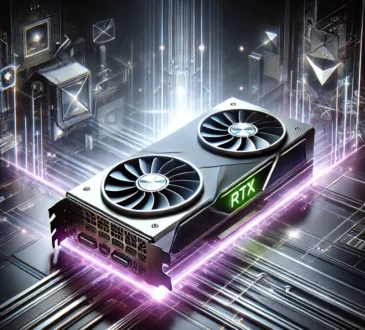A Guide to Determining Limitations and Optimizing Algorithms – NVIDIA GPUs

As artificial intelligence (AI) and deep learning continue to revolutionize various industries, the demand for high-performance computing has never been greater. NVIDIA GPUs have become the go-to choice for many developers due to their exceptional processing power and parallelism capabilities. However, unlocking the full potential of these powerful chips requires a deep understanding of how different algorithms interact with GPU architecture.
In this blog post, we’ll delve into the intricacies of determining performance limitations on NVIDIA GPUs, specifically focusing on three main categories of deep neural network (DNN) operations: elementwise, reduction, and dot-product operations. We’ll also provide practical advice on optimizing algorithms to better match the capabilities of these powerful chips.
Elementwise Operations: Memory-Limited Performance
Elementwise operations involve performing the same computation on each element of a tensor or matrix. While these operations are essential in many DNN layers, they tend to be memory-limited due to low arithmetic intensity. In other words, elementwise operations access a large amount of data while performing relatively few calculations.
To optimize elementwise operations, consider the following strategies:
- Increase arithmetic intensity: Look for opportunities to combine multiple computations into a single operation, reducing the number of memory accesses required.
- Improve cache efficiency: By minimizing cache misses and maximizing hit rates, developers can reduce memory access latency and improve overall performance.
Reduction Operations: Memory-Limited Performance
Reduction operations involve combining elements of a tensor or matrix into a single value. Like elementwise operations, reductions are often memory-limited due to low arithmetic intensity. However, they also require additional synchronization overhead as data is reduced across multiple threads.
To optimize reduction operations, consider the following strategies:
- Increase parallelism: By using more thread blocks and warps, developers can reduce synchronization overhead and increase overall performance.
- Improve SM utilization: Maximizing SM utilization helps ensure that the GPU’s processing resources are used efficiently, reducing idle time and improving overall performance.
Dot-Product Operations: Memory- or Math-Limited Performance
Dot-product operations involve multiplying corresponding elements of two tensors or matrices. Depending on matrix sizes, dot-products can be either memory-limited (small matrices) or math-limited (large matrices).
To optimize dot-product operations, consider the following strategies:
- Increase arithmetic intensity: Look for opportunities to combine multiple computations into a single operation, reducing the number of memory accesses required.
- Improve cache efficiency: By minimizing cache misses and maximizing hit rates, developers can reduce memory access latency and improve overall performance.
Conclusion
Optimizing algorithms to match the capabilities of NVIDIA GPUs requires a deep understanding of how different operations interact with GPU architecture. By identifying opportunities to improve memory bandwidth, cache efficiency, register usage, thread block organization, and SM utilization, developers can unlock faster execution times and improved overall system performance. Whether you’re working on AI, machine learning, or other data-intensive applications, these strategies can help you achieve the best possible results from your NVIDIA GPU.



